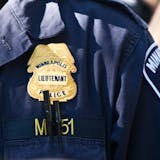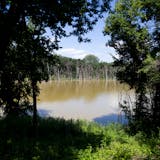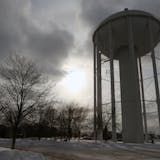The video and still images were of a St. Paul police officer being knocked to the ground during the raucous first day of the Republican National Convention, and Ramsey County Sheriff Bob Fletcher still aims to do something about it.
As he surveyed the images recently, Fletcher noted how the officer had grabbed a black-clad protester, only to lose his grip after being pushed from behind and then poked with poles that other protesters were using to carry a banner.
The perpetrators might seem awfully tough to identify, to a layman, at least. But Fletcher counted as many as five people at the scene whom he said could be charged with aiding an escape. Two suspects, he added, "are guilty of assaulting a police officer."
Nearly three months after the convention, audio-visual archival work continues in a second-floor classroom at the sheriff's office in St. Paul. Mug shots line the wall, and a video document of the event's first few hours -- during which bank, store and squad-car windows were broken -- is continually updated.
Even though more than 800 arrests were made during the convention, Fletcher doesn't believe the investigative work is done yet, and he hopes that more charges will be forthcoming. The video and the still images that his office has collected, he said, are evidence of criminal acts in the downtown area.
The sheriff also has used the materials to support his claims that St. Paul police erred by not hiring enough officers to help with RNC security and by having mobile-field-force units in the wrong place when patrol officers were overwhelmed by anarchists roaming downtown early during the afternoon of Sept. 1.
Asked why his office was documenting the Sept. 1 events, Fletcher noted that it was the sheriff's office that had infiltrated the ranks of anarchist organizers, and that the subsequent research was intended to prove there was a conspiracy to shut down the convention.
For example, he said, the mug shots on the walls -- when combined with accompanying details about where the suspects were from and where in St. Paul they were arrested -- helped to show how the downtown area had been divided into sectors assigned to anarchists and affiliates from various parts of the country.


